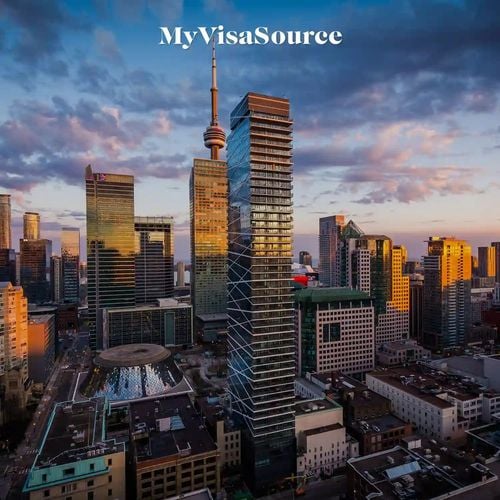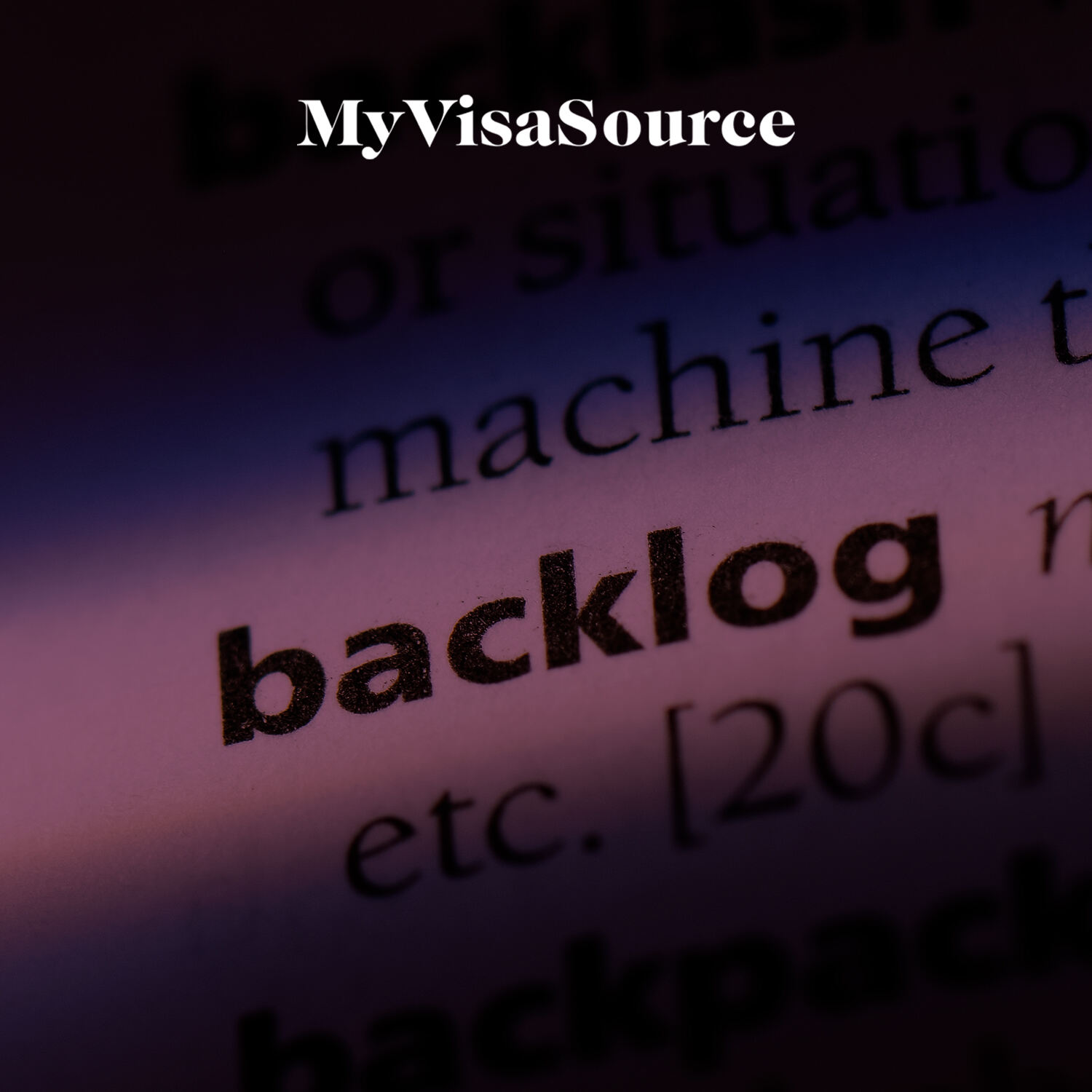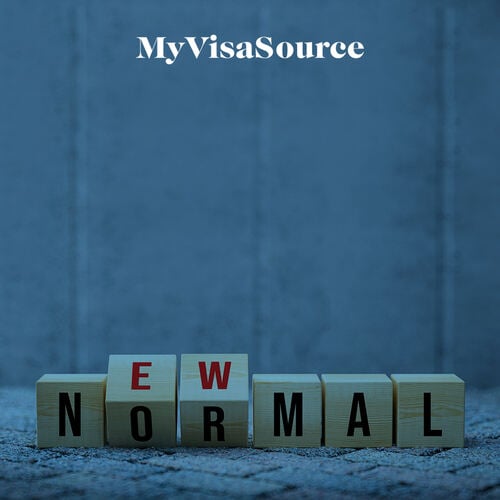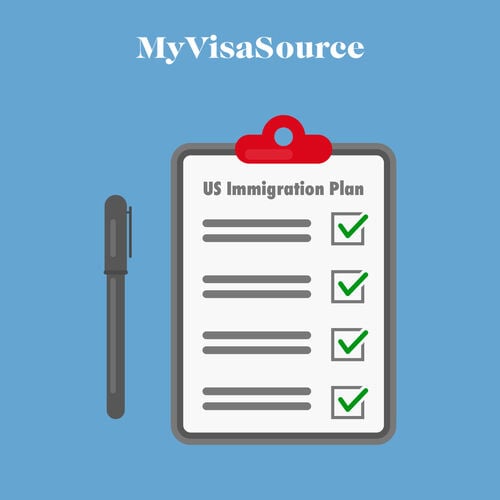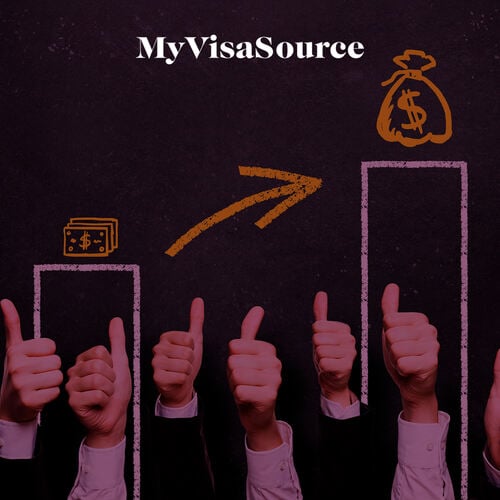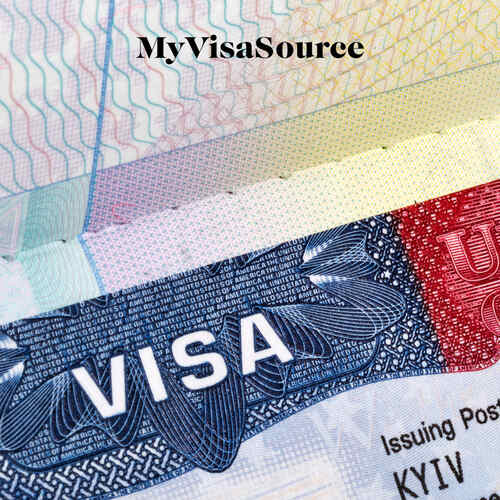Last year, the onset of the global pandemic wrecked immigration systems all around the world. It was no different for United States Immigration. Both family sponsorship and all work visa programs suffered greatly in terms of visa processing times. Recently, the Department of State announced that consular services worldwide continue to be affected due to the pandemic. Based on the current processing time for the visas being issued every month, it seems unlikely that the visa backlog created due to the pandemic will be cleared any sooner than 2022.
Since March 2020, US Consulates and Embassies worldwide have been operating on reduced capacity. Even after a year, consulate operations have not returned to normal, with visa interviews being canceled or rescheduled or appointments being generally unavailable.
What Is the Current United States Immigration Visa Backlog?
One can easily see the current immigration visa backlog due to the closure of consular services by checking the number of applications in line for the next visa interview appointment. The National Visa Center that preprocesses the immigration visa application for the consulate has experienced an 800% increase in pending applications waiting for visa interview appointments.
There were around 494,289 pending applications as of March 31, 2021. In 2019, there were an average of 60,0866 pending applications every month. For April, only 18,979 applicants received an appointment for a visa interview, hardly sufficient to reduce any pressure on the backlog of applications.
What About the United States NonImmigrant Visa Backlogs?
It is not only the immigrant visas (permanent) that have been affected by the longer processing times. Nonimmigrant (temporary) visas like the E visas have also been affected, according to the E visa statistics published by the State Department. E-1 Visa and E-2 Visa are treaty trade investor visas for nonimmigrants who want to come to the U.S to establish their business. These visa programs are for international entrepreneurs.
During 2020, less than 50% of the E-1 and E-2 visas were issued abroad. In 2019, around 48,712 E visas were issued to applicants from around the world, while between March 2020 and February 2021, only 22,995 E visas were issued.
During the first four months of the pandemic, between March 2020 to July 2020, the issuance of E visas experienced a 92% decline compared to the same period last year. Even the recent data shows that E visas have still not recovered to their pre-pandemic levels.
The top 10 U.S consulates around the world for E visas have also been affected by the pandemic. The U.S Consulate in Osaka-Kobe, Japan, and the US Embassy in Seoul, South Korea have made exemplary efforts to issue nearly as many E visas as before the pandemic began.



